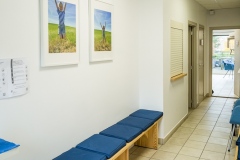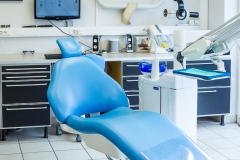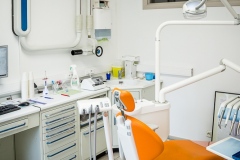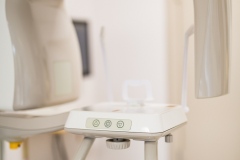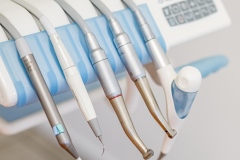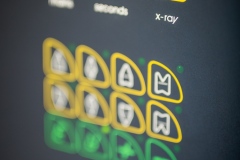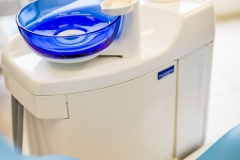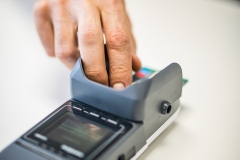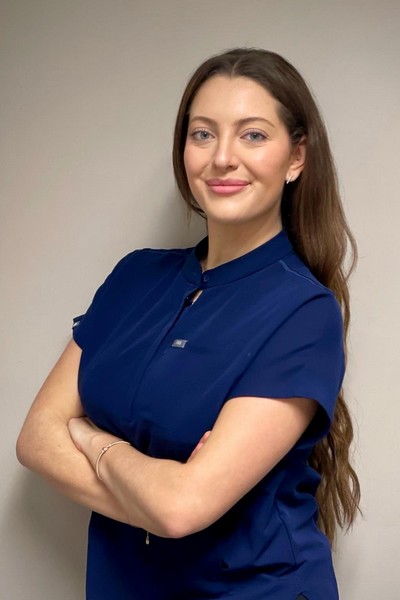OUR TEAM
David Delescaille

General dentist UCL 2009
Hospital practitioner at GHDC
Member of the Society of Dental Medicine
Soizic Meunier
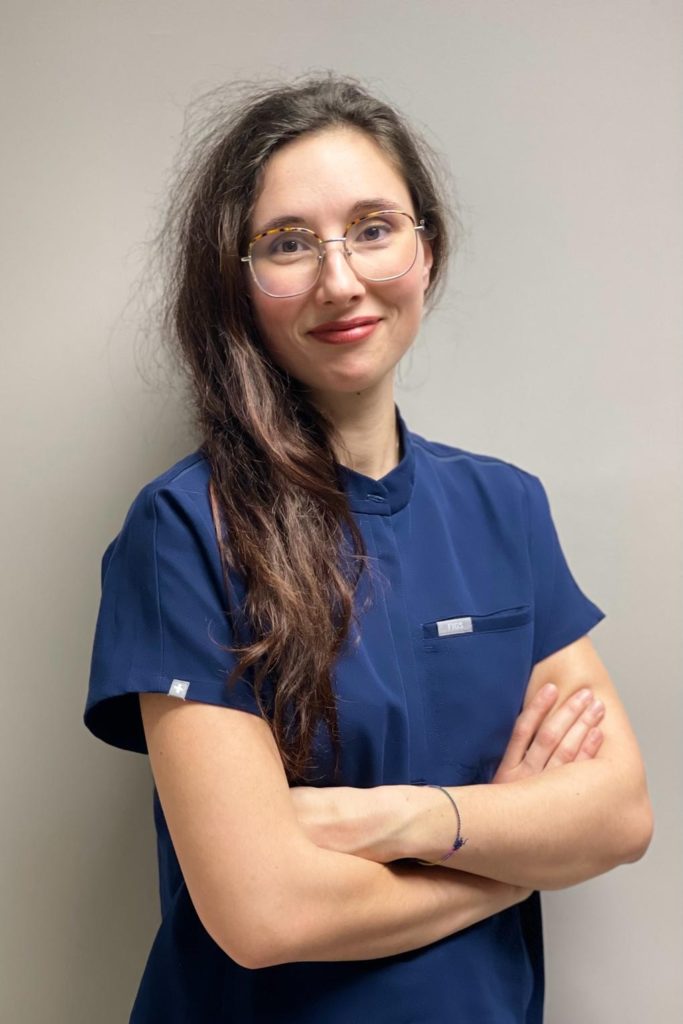
General dentist UCL 2020
Member of the Society of Dental Medicine
Inès Tamri
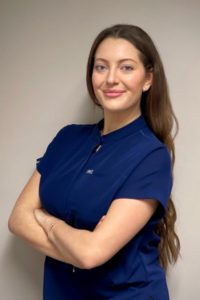
Bucco Dental Hygienist
OUR SERVICES
The dental office consists of two treatment rooms, each equipped with a dental chair and all the necessary x-ray equipment.
We also have an x-ray machine for making Panoramic X-rays.
We receive adults and children for all treatments performed by a dentist:
Annual check-up, scaling, care, endodontics, simple periodontics, fixed and removable prostheses, minor surgery and implants.
CHEZ L’ADULTE
Anesthésia
Local anesthesia reversibly inhibits the spread of signals along the nerves.
Sub and supragingival scaling
Devitalize a tooth
The procedure involves removing the pulp and roots of the tooth, small vessels and nerves.
Instead, the dentist puts a specific product that fills the canals where these vessels and nerves were located.
Deprived of these elements, the tooth is – in theory – a little lifeless … hence the term devitalizing.
In reality, the tooth remains alive, and today it is said that the tooth is pulped.
This intervention will above all be used to permanently place a crown, without pain thereafter.
Oral examination or global annual check
The annual check-up or consultation may be supplemented by taking x-rays.
The intraoral X-ray gives an accurate picture of a limited area of the dentition.
Such an X-ray makes it possible to examine 2 to 3 teeth, to detect any early or advanced caries and to assess the bony structures that support the tooth.
It is thus possible to diagnose an abscess or necrosis of a tooth.
This radio is produced by means of a sensor placed in the mouth and a source of radiation placed opposite the sensor and the teeth to be observed.
The panoramic X-ray is a complete X-ray and carried out in one go of the entire oral sphere. This type of radio allows us in a few seconds to have an overview of the dental structures but also the supporting bone structures, the joints, …
Extract a tooth
The practitioner takes off the attached gum, and deletes the tooth.
Sometimes you have to remove, most often with a strawberry, some of the bone that holds the roots or surrounds them.
The practitioner must sometimes fragment the tooth, most often with a burr.
Then, the bony and gingival margins are regularized and the infected bony areas are curetted (cleaned). sutures are placed.
Dental implants
The dental practice is equipped for the placement of dental implants
We place the implants with all the rigor and sterility necessary for a surgical intervention.
The implant allows the replacement of one or more missing teeth without using any support on the existing teeth, thus without damaging them.
The implant can also be used to stabilize a complete dental prosthesis.
Do not hesitate to ask us your questions on this subject!
Inlay, onlay, facet, ... **
The crown or bridge *
The crown is the part of the tooth that protrudes beyond the gum line. This area is naturally covered by a very hard substance, tooth enamel.
The term crown also designates by extension the prosthetic crown, a dental prosthesis allowing to protect a tooth which is alive or not (devitalized). It covers the part of the remaining tooth by reconstituting the coronal part, which protects the tooth from further attack, while avoiding its extraction and complete replacement.
The dental bridge is part of fixed dental prostheses. We speak of joint prosthesis.
It aims to replace a missing tooth by building on adjacent teeth. The dental bridge is therefore made up of at least three elements to replace a single tooth: the two abutments and the bridge.
Minor surgery
Complete or partial removable prosthesis
Intraoral and panoramic x-rays
An intraoral x-ray gives an accurate picture of a limited area of the dentition.
Such an X-ray makes it possible to examine 2 to 3 teeth, to detect any early or advanced caries and to assess the bony structures that support the tooth.
It is thus possible to diagnose an abscess or necrosis of a tooth.
This radio is produced by means of a sensor placed in the mouth and a source of radiation placed opposite the sensor and the teeth to be observed.
The panoramic radiograph is a complete X-ray and taken in one go of the entire oral sphere.
This type of radio allows us in a few seconds to have an overview of the dental structures but also the supporting bone structures, the joints, …
Treat cavities **
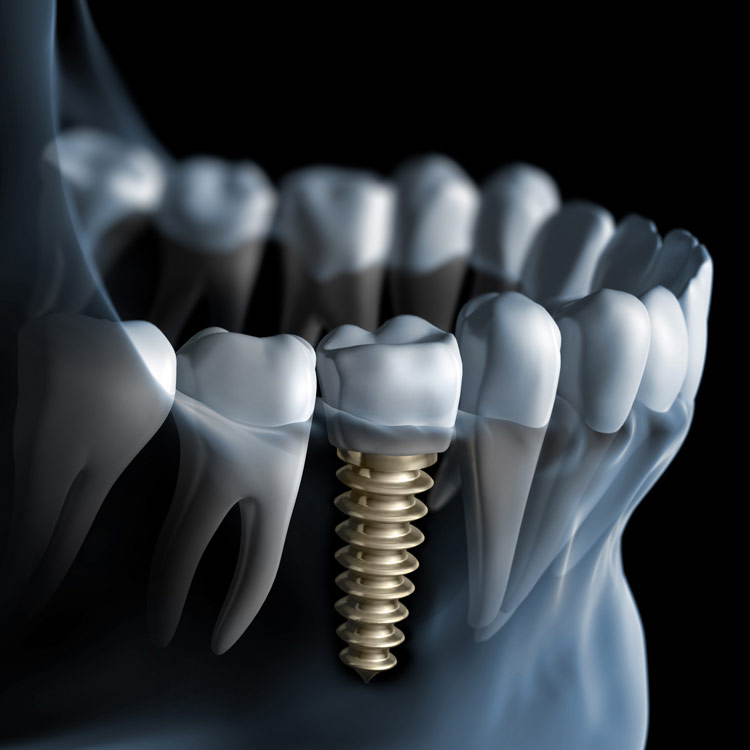
DENTAL IMPLANTS
The dental practice is equipped for the placement of dental implants
We place the implants with all the rigor and sterility necessary for a surgical intervention.
The implant allows the replacement of one or more missing teeth without using any support on the existing teeth, thus without damaging them.
The implant can also be used to stabilize a complete dental prosthesis.
Do not hesitate to ask us your questions on this subject!
IN CASE OF EMERGENCY
Thank you for making an appointment for emergencies!
We will try to relieve you during the day.
ADDRESS
Av. Paul Hymans 51 bte1
1200 Brussels
CONTACT
David Delescaille | 02 779 99 01
Soizic Meunier | 02 779 99 01
MAILS
david@hautsdewoluwe.be
soizic@hautsdewoluwe.be
}
HOURS
Mon: 9h00 – 12h30 | 13h30 – 19h00
Tue: 9h00 – 12h30 | 13h30 – 19h00
Wed: 9h00 – 12h30 | 13h30 – 19h00
Thu: 9h00 – 12h30 | 13h30 – 19h00
Fri: 9h00 – 12h30 | 13h30 – 19h00
WE: Closed

